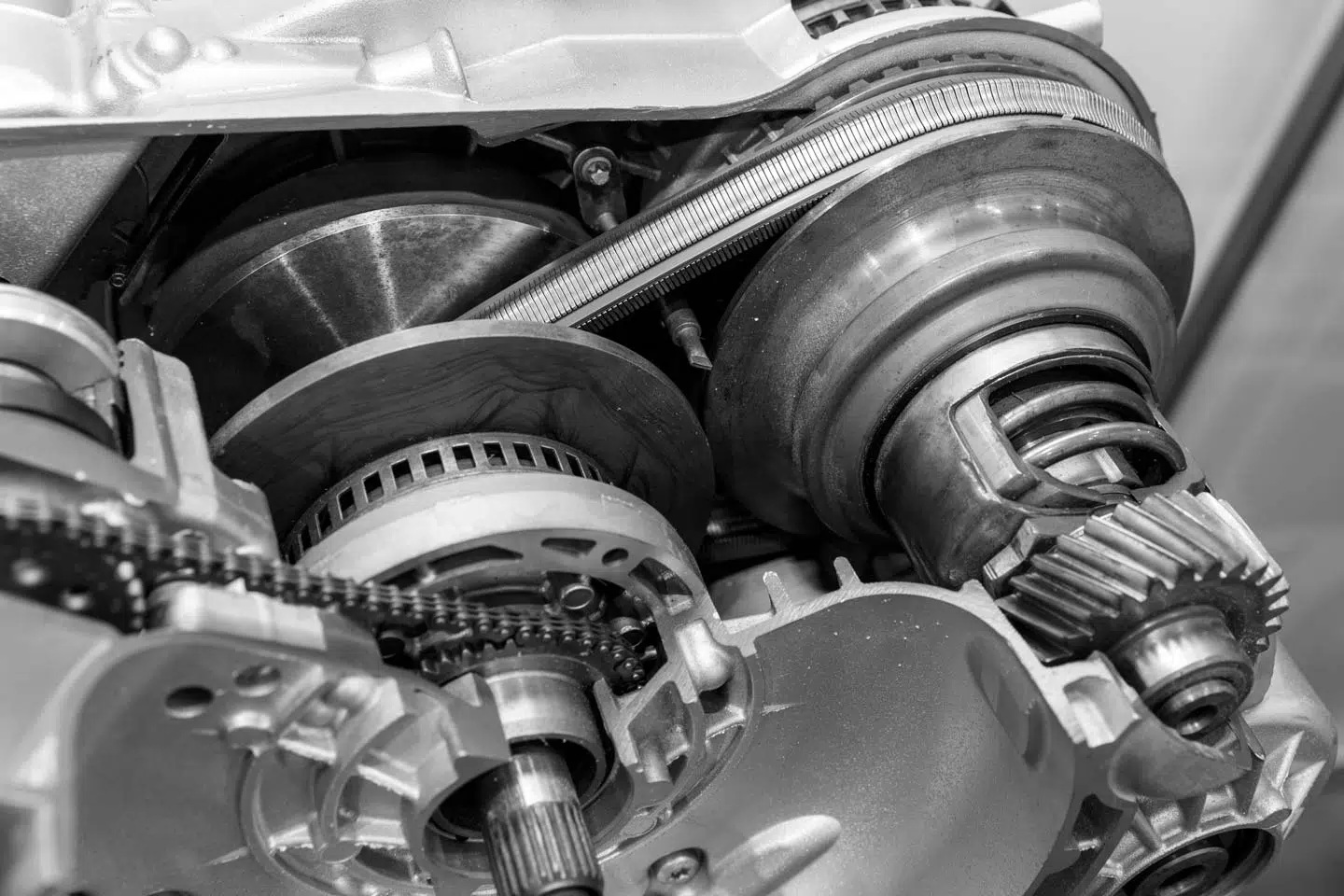A brief overview of CVT transmissions
- July 22, 2022
- Transmission History
- Posted by admin
- Comments Off on A brief overview of CVT transmissions
Unlike many mechanical transmissions that have a set number of gear ratios that require a manual shift to work through as speed is gained, continuously variable transmissions work a little different. Drivers using a CVT enjoy a shiftless and stepless experience as the single-speed transmission does all the work transitioning through a set of gear ratios.
No matter the speed, CVT allows for smooth acceleration and improves fuel efficiency through the maintenance of a sustained angular velocity
The Story Behind the CVT
If you’re just recently hearing about the CVT, you’re not alone. Modern alterations to improve efficiency and a push from Subaru launched the technology into the mainstream. What many don’t realize, however, is that it was Leonardo DaVinci who introduced the original CVT in 1490. It wasn’t for nearly four centuries that an official patent was obtained by Daimler and Benz.
This development in and of itself didn’t gain the CVT the notoriety it has today. In fact, it took nearly five more centuries for it to gain popularity when Zenit enhanced a motorcycle model with a CVT that resulted in a prohibition from hill-climbing competitions due to its superior efficiency. Fast-forward to modern day, nearly every manufacturer features at least one model with a CVT.
CVT Mechanics: How It Works
Keeping it simple is the name of the game with most CVT systems. They bypass the intricacies of the typical transmission with numerous parts that work together to get the gears shifting. The CVT utilizes a strategic system of two pulleys, one connected to the motor and the other used to conduct power to the wheels.
Each pulley connects to a cone with a chain belt. These cones are able to adjust in diameter for the exact gear ratio needed for improved fuel efficiency and power. These diameter changes have an inverse relationship to produce smooth, powerful acceleration. Based on the power needed at any given time, one enlarges while the other shrinks.
Why the Sudden Popularity of the CVT?
Considering the first CVT was introduced in 1490, why is it only now, half a millennium later, that they’re so popular? Manufacturers give the people what they want, and customers value getting as much power as possible out of a smaller motor. Not only does this design model achieve faster acceleration more quickly, but drivers get to enjoy a smoother, more enjoyable ride.
Action Transmission can install a new or remanufactured CVT transmission for your late model vehicle. Call or contact us today for more info.

